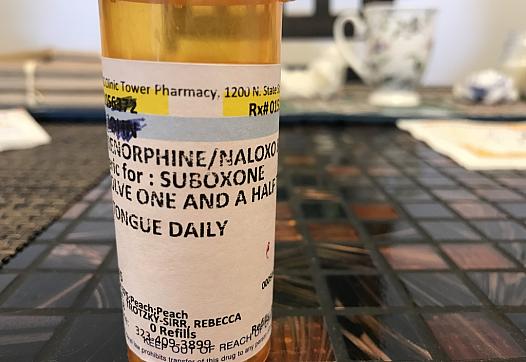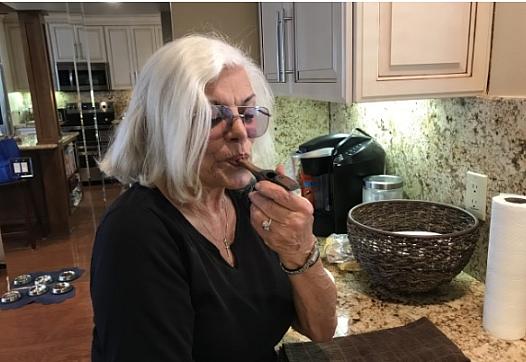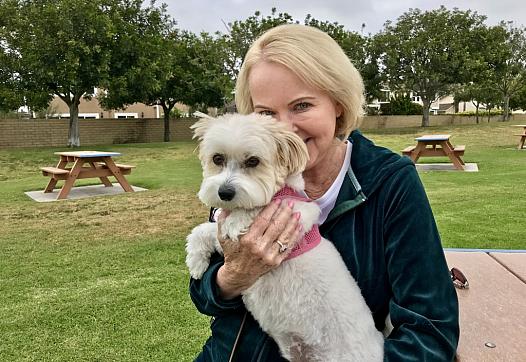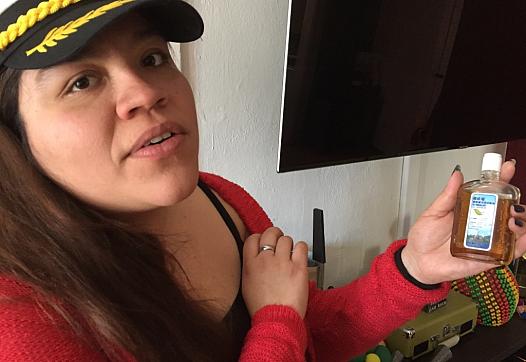![[Photo by taylormackenzie via Flickr.]](/sites/default/files/styles/teaser_list_thumbnail_large/public/title_images/unnamed%20%281%29_32.jpg?itok=c3ss99AL)
Psychologist Suniya Luthar finds an all-too-common pattern: Mothers dismiss their own emotional distress, prioritizing the needs of others over their own.
![[Photo by taylormackenzie via Flickr.]](/sites/default/files/styles/teaser_list_thumbnail_large/public/title_images/unnamed%20%281%29_32.jpg?itok=c3ss99AL)
Psychologist Suniya Luthar finds an all-too-common pattern: Mothers dismiss their own emotional distress, prioritizing the needs of others over their own.

Momentum is building to get emergency departments to play a bigger role in stemming the epidemic.

Over the course of a week in March, Los Angeles stand-up comic and life coach Kate Romero opened up to KPCC about the pain she feels from degenerative disc disease and fibromyalgia.

Some seniors there now say they are looking for ways to take as few prescription drugs as possible. And many are turning to cannabis as an alternative.

"We are overreacting to the need to lower opioid prescribing by punishing patients," says Dr. Kelly Pfeifer.

In Los Angeles County, the rate of deadly overdoses is much lower than the national rate. Why?

A network of regional "task forces" is tackling the opioid problem throughout California, leading to a dramatic drop in overdoses in one rural mountain county.
![[Photo by John Moore/Getty Images]](/sites/default/files/styles/teaser_list_thumbnail_large/public/title_images/unnamed_160.jpg?itok=wIVZIVt7)
Guadalupe, an undocumented immigrant and mother to a newborn and a 5-year-old, rarely ventures outside her LA home for fear of ICE.

Since the Great Recession started more than a decade ago, many Arizona families have languished as the state, facing budget shortfalls, cut services again and again. Foster care placements have swelled.